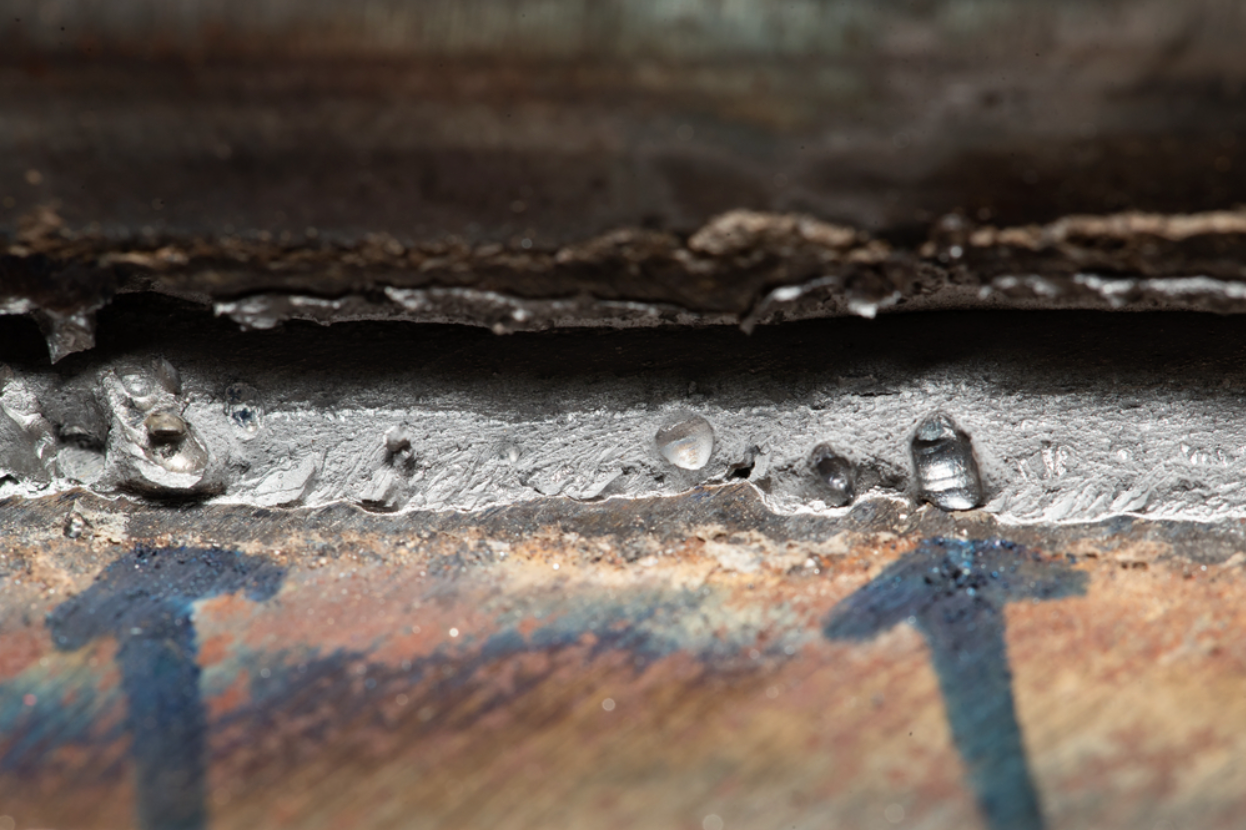Just How to Prevent Weld Undercut: Essential Tips for Welders
Just How to Prevent Weld Undercut: Essential Tips for Welders
Blog Article
A Comprehensive Guide to Identifying, Fighting, and Correcting Undercut Welding Issues in Your Welding Projects
In the realm of welding, encountering undercut concerns is a common challenge that can compromise the structural integrity and overall quality of your welding jobs. Recognizing the source behind undercut welding, being able to properly spot it in your welds, and implementing effective preventative steps are essential skills for any type of welder. Furthermore, having the expertise and strategies to remedy undercut problems when they do happen can make a substantial distinction in the final result of your welding ventures. Keep tuned as we explore the essential elements of identifying, stopping, and repairing undercut welding problems, providing you with useful insights and methods to raise your welding abilities to the next level.
Common Root Causes Of Undercut Welding
Undercut welding, an usual concern in welding processes, can be created by different aspects that need to be very carefully recognized and dealt with to make certain the integrity of the weld joint. One of the primary causes of undercut welding is extreme warm input.
An additional usual cause of undercut welding is inappropriate welding method. Identifying these root triggers and carrying out restorative actions is important in stopping and remedying undercut welding issues in welding jobs.
Identifying Undercut in Welds

To recognize undercut properly, correct lighting and magnifying tools are necessary to examine the weld joint extensively. Utilizing tools such as a welding gauge or a magnifying glass can help in discovering even the smallest undercut imperfections. Furthermore, running a finger or a fingernail along the weld joint can in some cases reveal undercut, as the surface might feel uneven or have a dip where the undercut exists.
Preventive Measures for Undercut
Having a deep understanding of the causes of undercut in welds permits for the application of effective precautionary measures to preserve weld quality and stability. These settings ought to be optimized to protect against extreme warm input, which can lead to damage formation.

Techniques for Fixing Undercut

Raising the welding present or lowering the travel speed can aid fill in the undercut. Furthermore, changing the welding method from a press to a drag or vice versa can also aid minimize undercut.
One more strategy is to use a weaving movement while welding to make sure proper sidewall combination and fill in the undercut. By oscillating the welding arc back and forth within the weld joint, the welder can deposit a lot more filler product right into the undercut locations, effectively getting rid of the issue.
Moreover, grinding out the undercut and rewelding the joint can be a sensible service for a lot more you can try this out extreme undercut concerns - Preventing weld undercut. This process includes eliminating the undercut area, preparing the base steel, and afterwards rewelding the joint with proper welding specifications and strategies to stop undercut from persisting

Expert Tips for Staying Clear Of Undercut
Utilizing proper welding techniques and maintaining control over vital welding criteria are important approaches for welders intending to stop undercut in their weld joints. One specialist idea for preventing undercut is to guarantee proper joint prep work. This includes cleaning up the base metal thoroughly to get rid of any type of pollutants that could bring about damage formation. In addition, choosing the suitable welding procedure and filler metal for the specific application can aid stop undercut. Welders ought to additionally pay close interest to the welding current and voltage setups, ensuring they are within the advised variety to avoid getting too hot and potential undercut. Keeping a constant traveling speed throughout the welding process is an additional necessary suggestion to stop undercut. By moving at a steady speed, welders can ensure appropriate fusion and minimize the likelihood of undercut development. Lastly, checking the weld grain after completion can help identify any type of signs of undercut beforehand, permitting for instant rehabilitative action to be taken.
Conclusion
To conclude, determining, protecting against, and fixing undercut welding problems in your welding projects is important for making sure sturdy and solid welds. Preventing weld undercut. By recognizing the usual reasons of undercut, having the ability to recognize it in welds, applying safety nets, and making use of proper techniques for fixing undercut, you can avoid potential concerns and develop high-quality welds. Following specialist pointers for staying clear of undercut can aid you improve your welding skills and create much better results in your projects
Undercut welding, an usual concern in welding procedures, can be triggered by various factors that require to be anonymous meticulously determined and addressed to guarantee the stability of the weld joint. Additionally, running a finger or a finger nail along the weld joint can occasionally expose undercut, as the surface might feel uneven or have a dip where the undercut exists.
Using correct welding strategies and preserving control over key welding criteria are vital methods for welders aiming to protect against undercut in their weld joints.In final thought, identifying, protecting against, and taking care of undercut welding problems in your welding tasks is important for ensuring sturdy and strong why not find out more welds. By recognizing the typical causes of undercut, being able to determine it in welds, carrying out precautionary steps, and using appropriate methods for repairing undercut, you can avoid possible concerns and produce premium welds.
Report this page